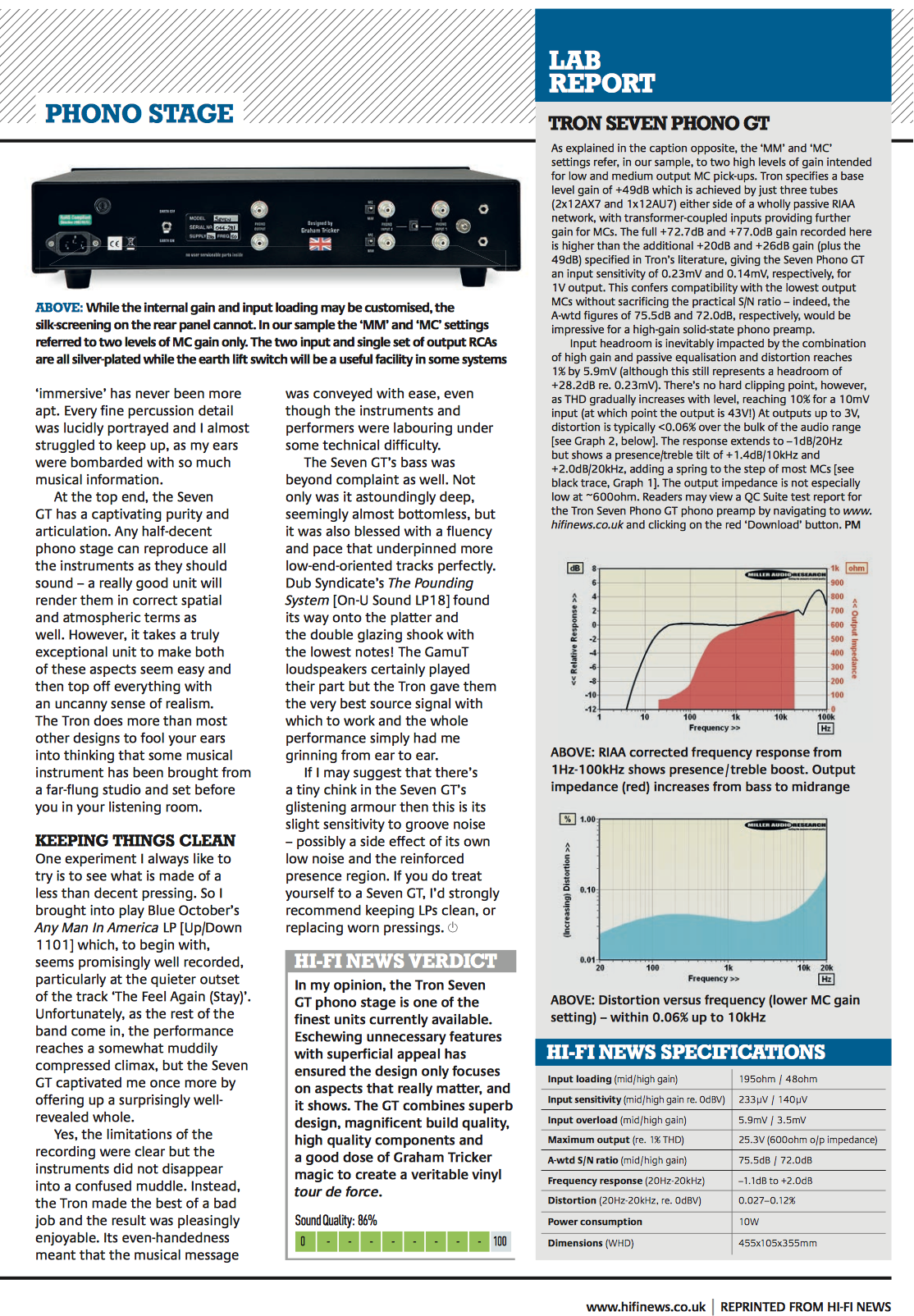Purité Audio
Trade: Purite Audio
Distortion is something added to the original signal,so if you compare input to output, REW ( room EQ wizard) if you want to try for yourself.Can you tell us what these added distortions are Keith, how they are added and how we would know when we hear this distortion?
Keith


